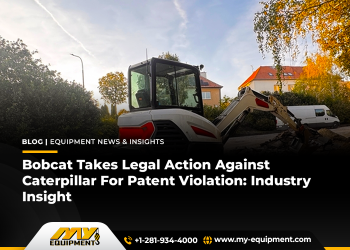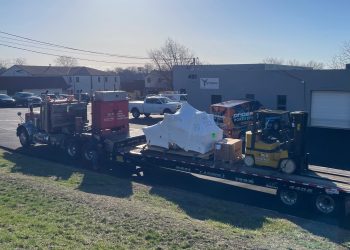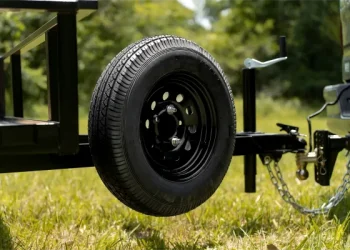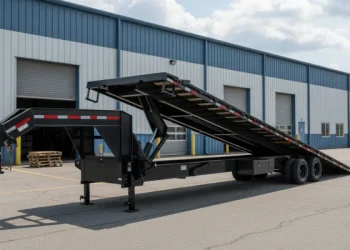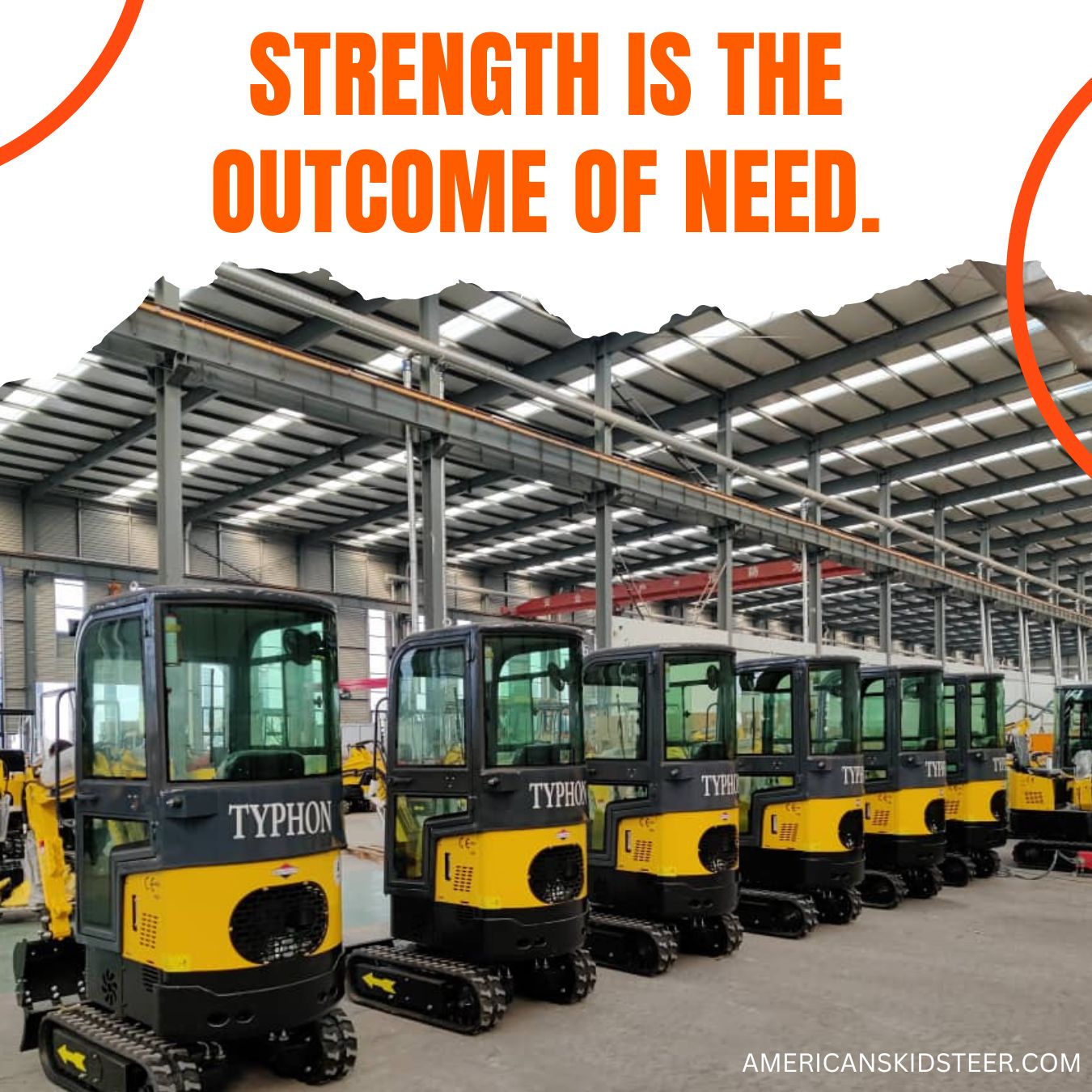Construction sites have various hazards for machines and workers. With foot traffic, large machinery movement, and constant activity, maintaining good health & safety in these environments is crucial. Poorly maintained construction equipment gives rise to a significant risk – both to operator safety and productivity. In today’s blog post, we’ll explain 3 key risks that arise when your machines aren’t properly maintained or working with significant fault.
Drawbacks of Poor Maintenance Schedule
Construction machinery is inherently dangerous, even with continual operator training and caution. It becomes even more dangerous when not properly taken care of, like not getting regular servicing or maintenance.
When this happens:
- Minor damage or faults may not be identified early on.
- These can then cause some serious and costly repairs.
- Machinery loses its key features and becomes unsuitable for its purpose.
- Machinery may become dangerous to people around, even with the right training.
- There is a significant financial risk to contractors that have invested in the best machines.
3 Risks of Poorly Maintained Construction Machinery and Equipment
So what are the most substantial risks linked to poorly maintained machinery?
Low-performance Brakes
Many mini-construction machines are portable. Forklifts, excavators, wheel loaders, rollers, and more – they all come with wheels/ tracks and brakes. If these aren’t kept with care – or, if they have a fault created during manufacture, the risk of human injury significantly increases. Brakes allow the operator to maintain control of the machine at all times. They are essential in all environments, but they are significantly more important on busy construction sites. You cannot leave a machine safely disengaged with the belief that it won’t roll away. Poor brakes have great potential to cause damage to both workers and construction sites.
Collapse
A collapse means a machine buckles under the weight of its cargo. It usually occurs when machinery is overloaded or if a machine is not maintained properly and is not suitable for this specific purpose. It can create plenty of problems. A collapsed machinery can increase the downtime until a suitable alternative is found. If a worker is working on or near the machinery at the time of the collapse, there is a risk of injury or injury being fatal. And, can cause a significant financial loss if a large-scale machine is damaged in the middle of a construction project.
Malfunction
Not maintained on time or poorly manufactured machines are at a higher risk of malfunction. A malfunctioned excavator can lose its grip & drop a heavy item/load. The risks questions about worker safety can lead to increased downtime. Malfunction can be started by anything from poor maintenance to manufacturer defaults or any unidentified damage. Having an orderly and regular maintenance process can guarantee you can highlight the early signs of malfunction before it gets too big.
To decrease these risks when working with machinery, the worker should ensure the machine in question is regularly serviced, maintained, and repaired. All safety guidance should be followed – specifically for new operators – and regular training should take place to ensure prudence. That way, you can cut costs without compromising on the effectiveness, safety, and reliability of your machines.

